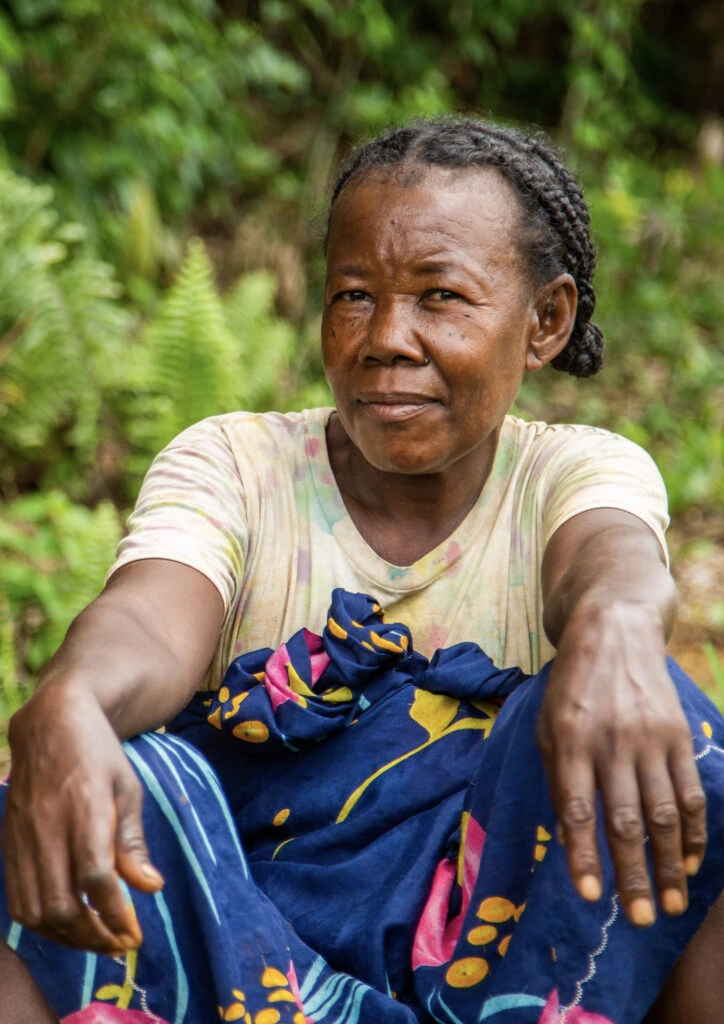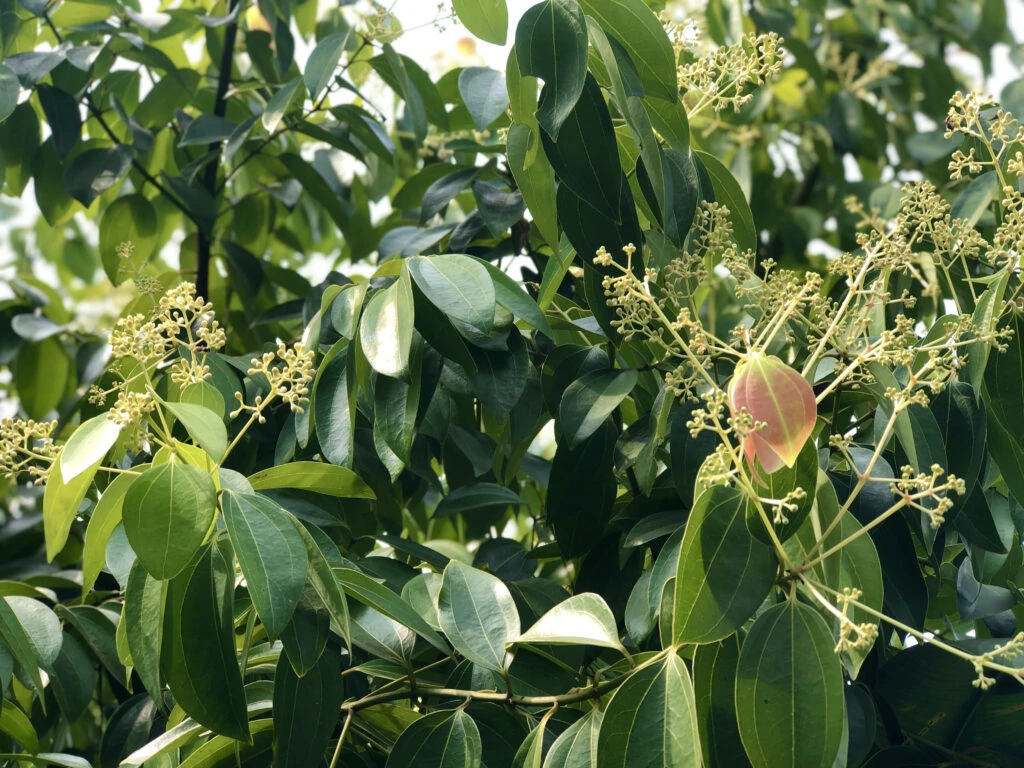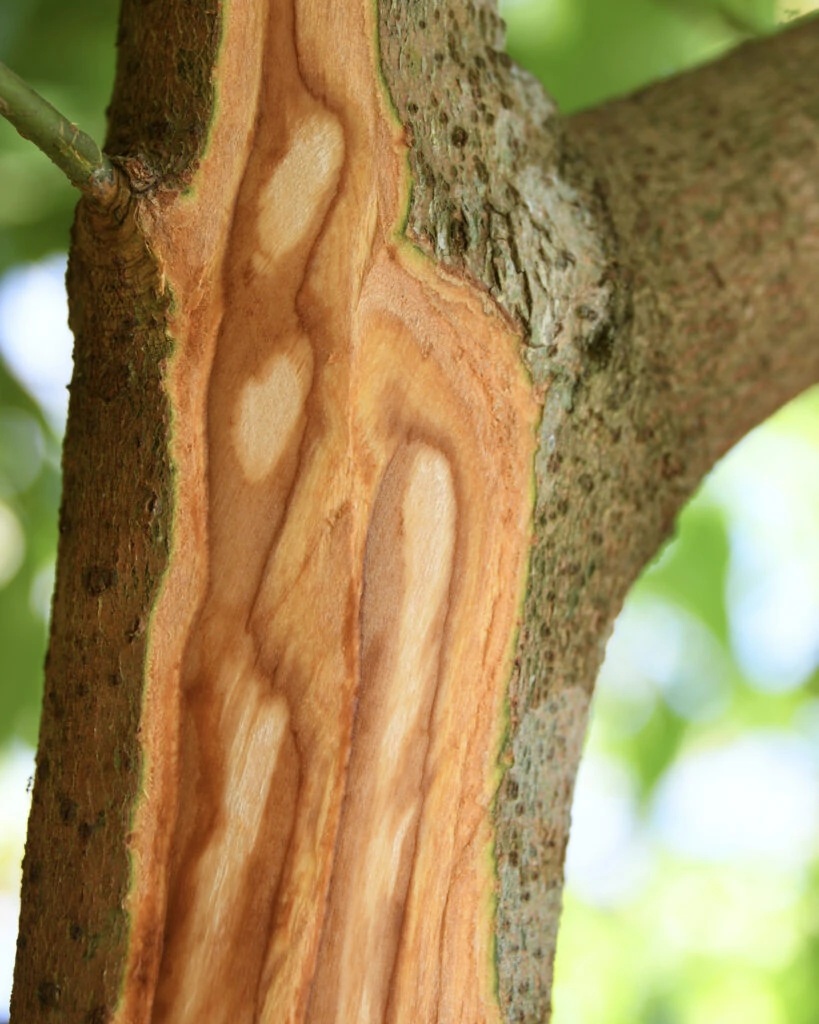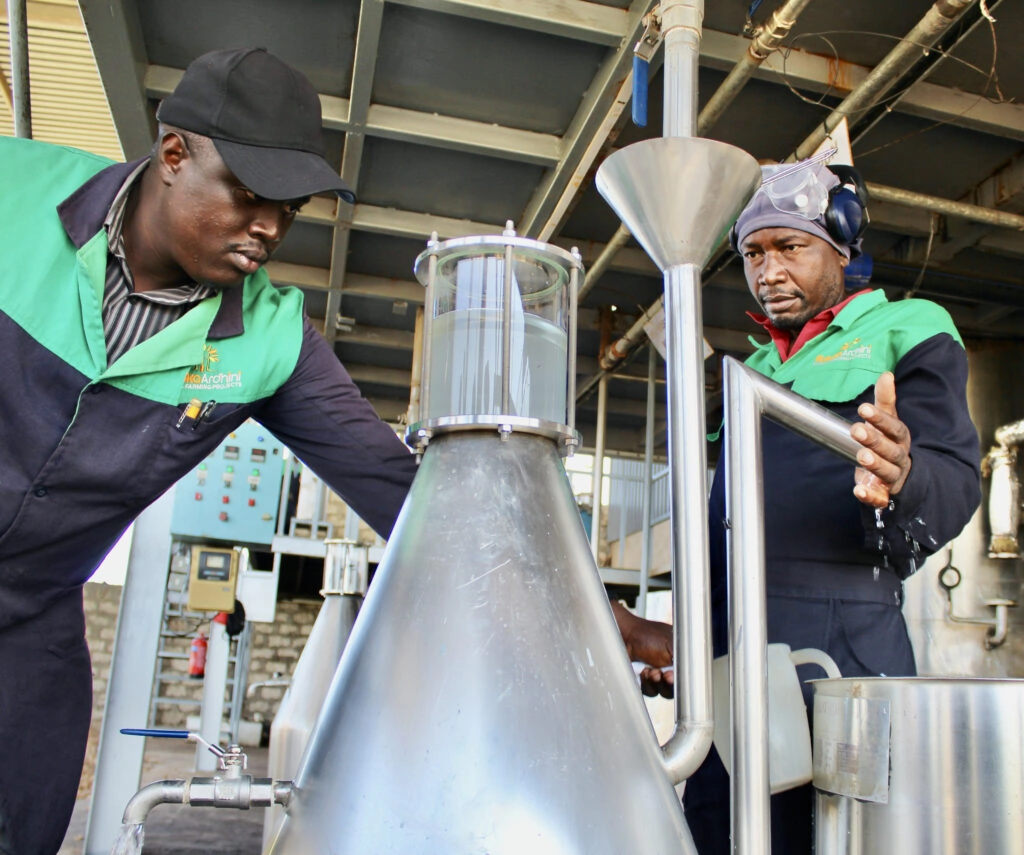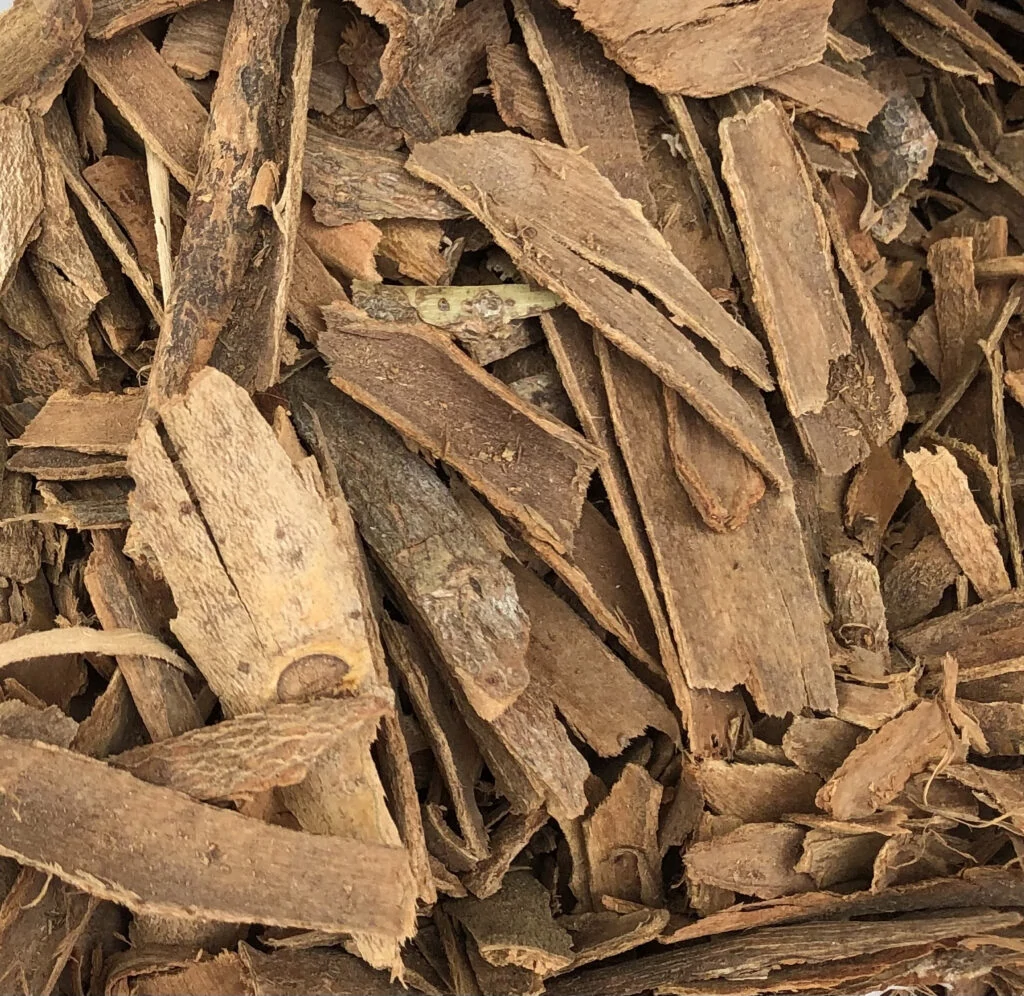Cinnamon Production and extraction
The cinnamon tree belongs to the Lauraceae family and though it can grow to roughly 10-15 metres in height, our farmers keep the tree lower in height for easier harvesting. The most superior and highly-prized cinnamon variety is zeylanicum, which Fairoils’ produces.
Fairoils harvests cinnamon bark every two years. This involves the tree being cut down to ground level and all woody matter (branches & trunks) collected. The bark is stripped from this material after the tree has been coppiced and quickly regrows to be harvested again.
Fairoils has two projects; one around Mananjary in the south east of Madagascar, and the other in the Usambara mountains of northern Tanzania, close to the Kenyan boarder. Our cinnamon bark comes exclusively from small-scale farmers in these areas. We provide a vital alternative income stream for farmers other than solely to the fickle spice industry (which is the dominant market for the bark).
Cinnamon Bark Oil is rich in Cinnamaldehyde, Cinnamyl acetate and Eugenol acetate. Three key oils are produced from different parts of the cinnamon tree – bark, leaf and root. Each oil has a different primary constituent: cinnamaldehyde (in the bark oil), eugenol (in the leaf oil), and camphor (in the root-bark oil). Cinnamon bark is the most commonly used for high-grade cosmetic use for its aroma and chemical profile.


